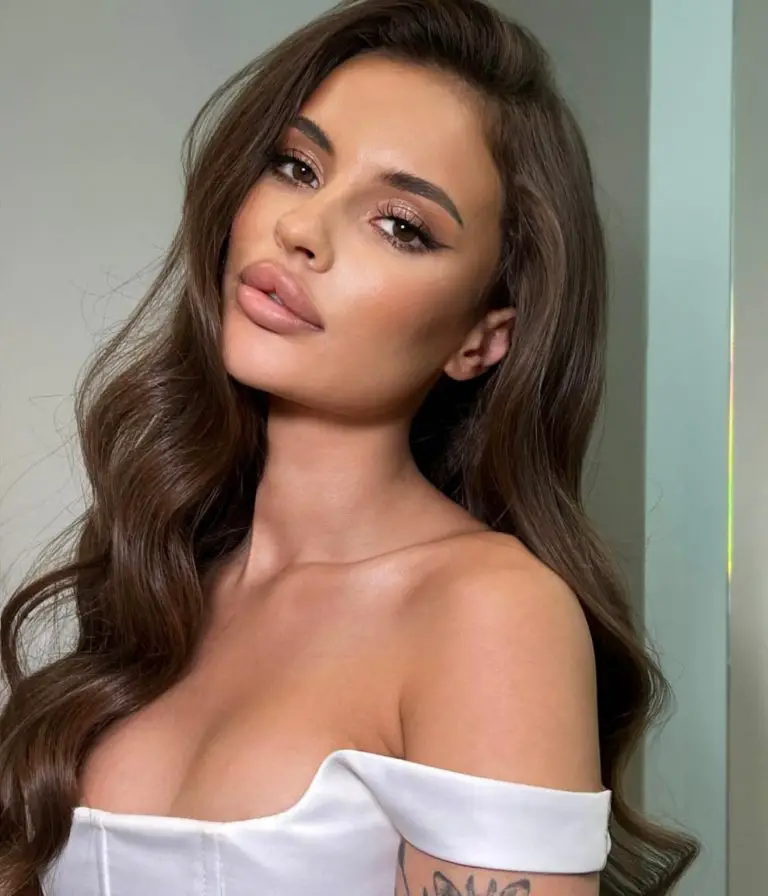With a rich cultural heritage, kohl eyeliner has been a staple cosmetic for millennia. While today’s formulations differ from those of ancient societies, the distinctive sultry, smoky, and deeply pigmented result remains as captivating as ever.
To truly appreciate this iconic product, it’s crucial to delve into its origins, safety regulations, and contemporary usage. Kohl is far more than just eyeliner, so here’s everything you should know about it. The term “kohl” originates from Arabic, referring to the mineral used in its early makeup. According to the U.S. Food and Drug Administration, it’s also known as kajal, al-Kahal, surma, tiro, tozali, and kwalli. Much like the product itself, the history of kohl eyeliner is profoundly rich.

Dating back to approximately 3000 BCE, kohl’s applications extended beyond aesthetics. Historian Riddle notes that in Egypt and the Middle East, it was believed to protect against the evil eye, shield the eyes from ailments, and guard them from the sun’s harsh glare. In South Asian culture, newborns often had kohl applied to their eyes to cleanse and refresh them as part of Ayurvedic medicine.
Its importance and widespread use in these regions are significant. Kohl eyeliner transcended social status, politics, and age, becoming a universal cultural staple. Dr. Galaria references Muslim scholars of the period who wrote extensively about its formulation and application, highlighting the product’s influence on both culture and society.






